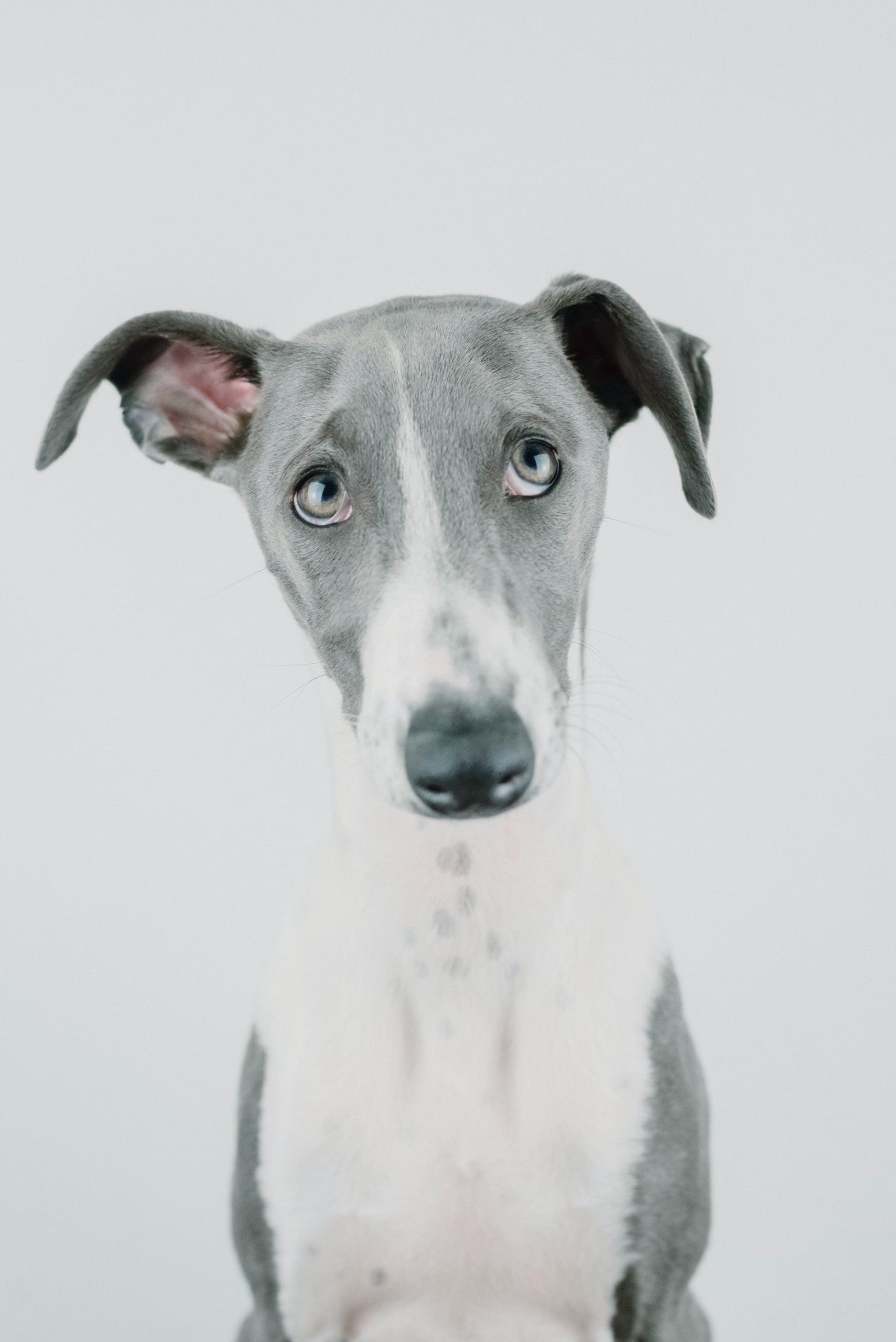Food aggression in dogs poses a serious concern for many pet owners, potentially leading to dangerous situations for both pets and humans. Recognizing the origins of this behavior and employing effective strategies is vital for ensuring a safe and harmonious living environment.
Causes of Food Aggression
This behavior often arises from a dog’s instinctual drive to protect its resources. In the wild, dogs had to compete fiercely for food, which could result in aggressive behaviors if they sensed a threat to their meal. While domesticated dogs may no longer face such challenges, these instincts can still emerge, particularly in stressful situations. Signs of food aggression may include growling, snarling, snapping, or tense body language when someone approaches during mealtime.
Recognizing the Signs
Being vigilant about the signs of food aggression is essential. A dog may exhibit various behaviors, from subtle cues like stiffening their body to overt signs such as glaring at nearby individuals. Understanding these signals is crucial for preventing escalation and ensuring safe interactions.
Factors Contributing to Food Aggression
Several factors can lead to food aggression, including a dog’s upbringing, past experiences, and level of socialization. Dogs that have experienced food scarcity or inadequate socialization are more vulnerable to developing aggressive behaviors. Additionally, while certain breeds may exhibit guarding tendencies, any dog can display food aggression.
Strategies for Managing Food Aggression
Creating a calm and secure environment around mealtime is fundamental. Designating a specific area for your dog to eat without interruptions from other pets or children can alleviate anxiety and reduce the instinct to guard their food. Establishing a consistent feeding routine can also help; predictable schedules foster a sense of security, allowing dogs to anticipate mealtime and lessening the chances of aggression.
Desensitization Techniques
Desensitization techniques can effectively help dogs become accustomed to having people nearby during meals. Begin by standing at a distance where the dog feels secure, gradually moving closer while offering treats and praise for calm behavior. This approach shifts the dog’s perception of people approaching their food from a potential threat to a positive experience.
Training Commands
Teaching commands such as “leave it” or “take it” can further reinforce the understanding that food is available on cue. Practicing these commands in a calm environment and rewarding your dog for following them can significantly reduce aggressive tendencies.
Managing Multi-Dog Households
In homes with multiple dogs, it is crucial to manage feeding time carefully. Feeding each dog separately helps prevent competition and reduces the likelihood of conflicts. When socializing a dog with others, ensure that the interactions occur in a controlled environment where sharing space and resources can be learned without anxiety.
Seeking Professional Help
Consulting a professional dog trainer or behaviorist can provide tailored strategies to address specific issues. These experts can offer insights into your dog’s behavior and assist in implementing effective techniques to mitigate food aggression.
Building Trust and Understanding
Patience plays a key role in addressing food aggression. Changes take time, and remaining calm and consistent is essential. Celebrate small victories, and acknowledge improvements, no matter how minor.
Understanding your dog’s body language is vital for managing food aggression. Dogs communicate their feelings through posture and vocalizations. By learning to interpret these signals, owners can respond to their dog’s needs effectively, creating a more secure environment.
Nutrition and Environment
Providing high-quality, well-balanced food can also help reduce food aggression. A well-nourished dog is less likely to feel threatened by the presence of others during mealtime. Additionally, creating a positive mealtime atmosphere through interactive feeding toys can distract dogs from guarding behaviors. Engaging in play or exercise before meals can also help decrease their anxiety.
Incorporating Training into Daily Life
Integrating short, consistent training sessions into daily routines can provide mental stimulation and strengthen the bond between owner and dog. Teaching new tricks or reinforcing basic commands fosters a sense of security and confidence, further alleviating anxiety around food.
Addressing Potential Medical Issues
In some instances, food aggression may indicate underlying medical concerns. If a dog’s behavior suddenly changes or becomes more aggressive, consulting a veterinarian for a thorough evaluation is vital to identify any health issues.
Creating a Supportive Community
Building a supportive network of friends and family who understand your goals can aid in addressing food aggression. Encouraging respectful interactions with your dog promotes a sense of safety and security.
The Path to Harmony
Addressing food aggression involves fostering a deeper understanding between you and your dog. Building trust takes time and effort, but the rewards are profound. A dog that feels secure around food is happier, healthier, and more well-adjusted.
By incorporating these strategies into daily routines, significant improvements can be achieved. Every dog is unique, so adapting approaches to fit individual needs is crucial. The journey may be challenging, but with patience, consistency, and understanding, a more peaceful environment can be created for everyone in the household. Celebrate the progress made together, and remember that building a positive relationship takes dedication and love.

